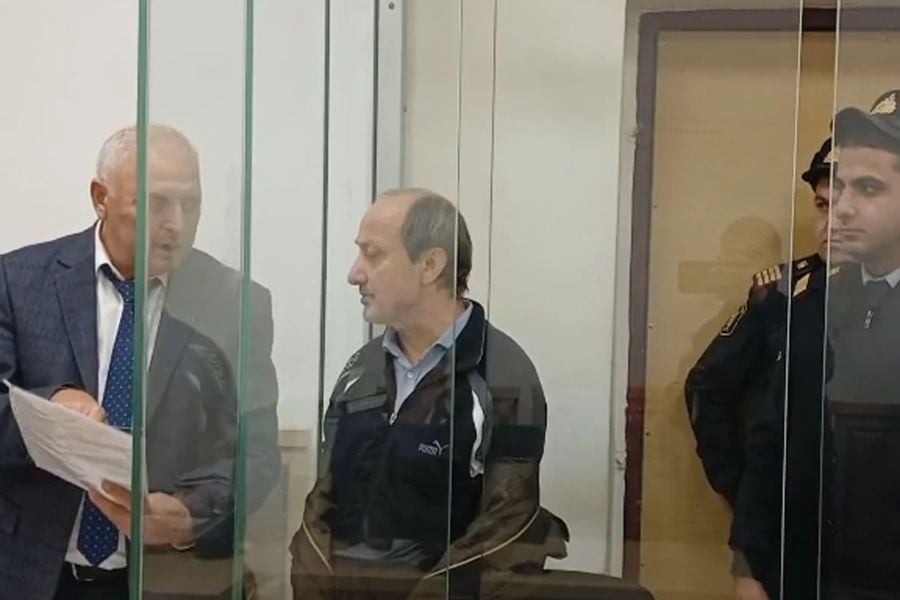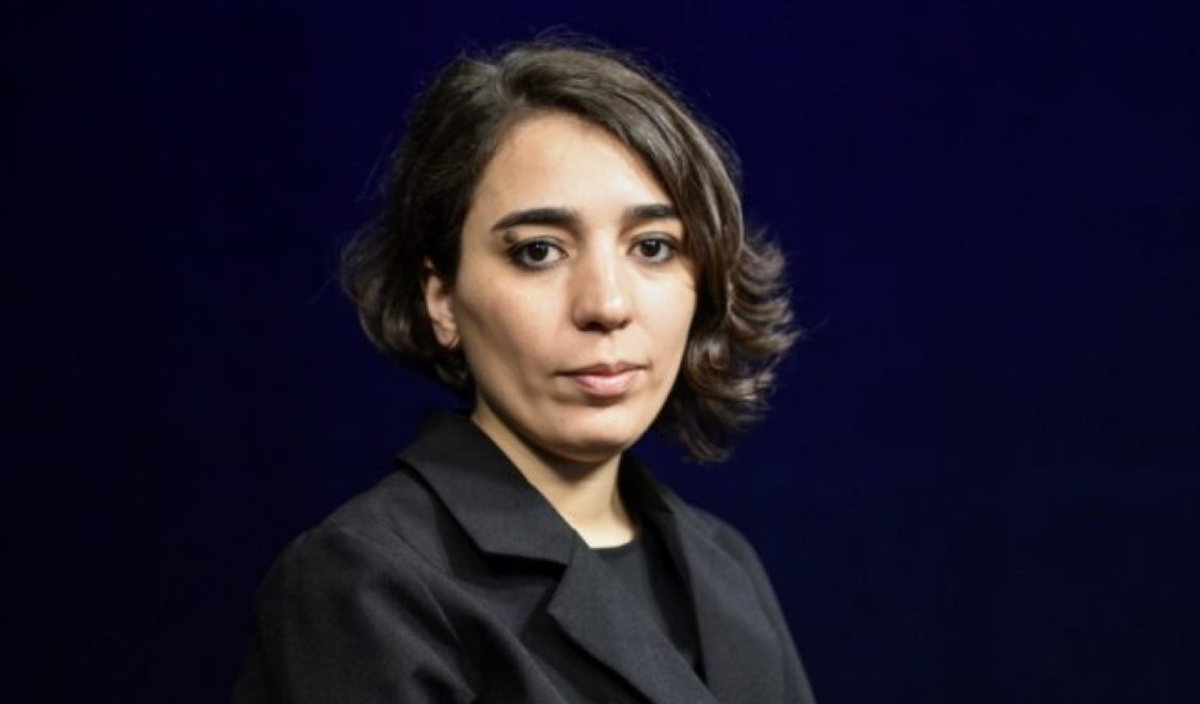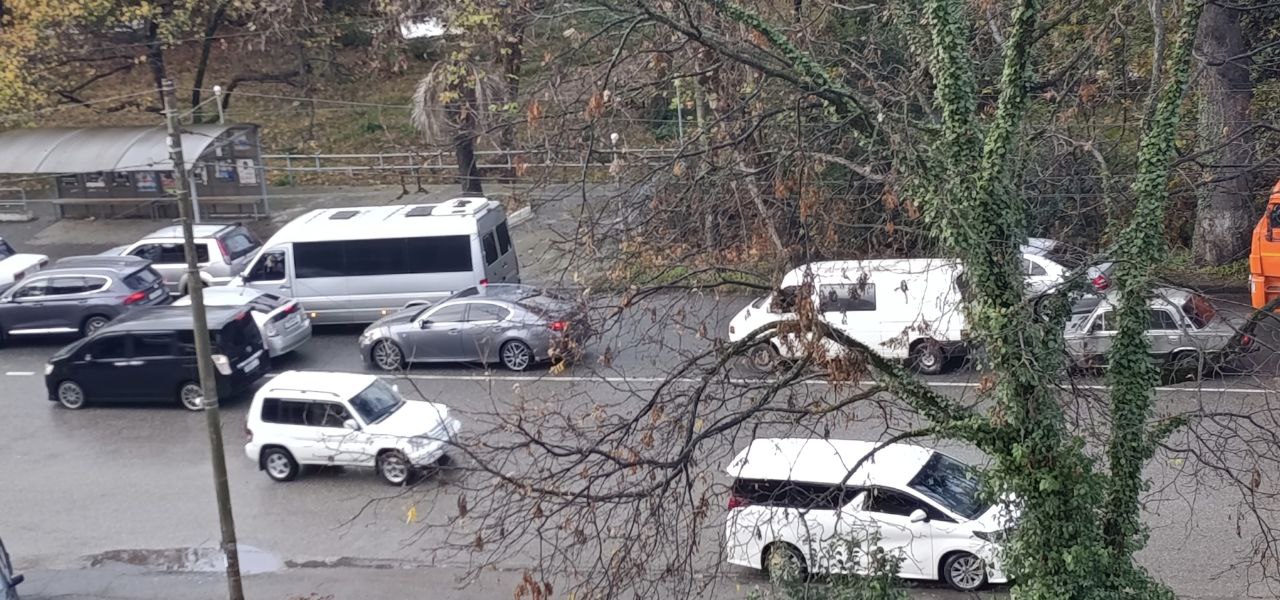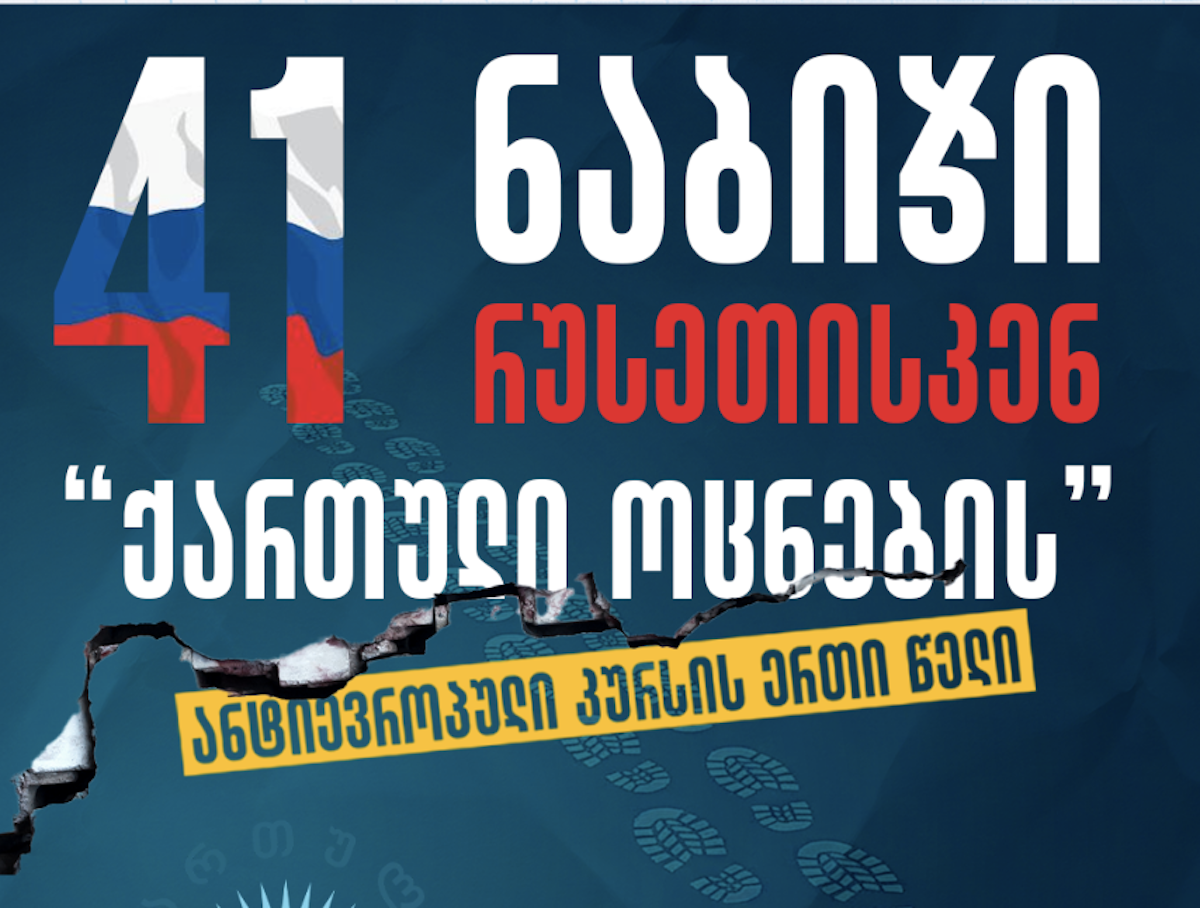South Caucasus - the region in a tight suit
Photo: Gevorg Ghazaryan
The South Caucasus, which is one of the world’s most closed off regions in terms of communication, is literally bulging at the seams like a hefty chap, who is forced to wear a big old suit.
Iranian Foreign Minister, Mohammad Javad Zarif, who was recently visiting Georgia, put forward an ambitious proposal to set up a regional communication system that will allow linking the Persian Gulf to the Black Sea through the South Caucasus. Although Zarif mostly focused on an Iran-Azerbaijan-Georgia direction, an Iran-Armenia-Georgia route is also being actively discussed.
Russian Foreign Minister Sergey Lavrov, who visited Abkhazia in the same period, stated that Russia and Abkhazia didn’t see any problem in restoring communication between Russia and Armenian through Abkhazia. In fact, Russia is again actualizing a proposal to launch communication through non-recognized Abkhazia.
It’s hard to say whether those two proposals were linked with each other or not, but the fact that they were voiced almost simultaneously indicates that there is a staunch geopolitical confrontation with regard to launching communications through the South Caucasus.
Georgia has left both proposals unanswered. However, despite the fact that the launching of regional communication seems to be prospectless, the situation has obviously ripened and the day is not far away when the old suit jacket, which is already too tight in the most inconvenient places, will burst at the seams.
Everyone is blocking everyone in the South Caucasus:
1. Azerbaijan and Turkey are openly isolating Armenia, passing it off as national policy;
2. Georgia is blocking communications between Russia and Armenia, especially those relating to defences;
3. Russia is acting through Armenia, trying to thwart Iran’s plans to get access to the Black Sea and Europe;
4. Iran is in no haste to connect its railway to the Azerbaijani one, refusing to build a small Astara-Rasht section, thus turning Azerbaijan into a ‘dead end’;
5. The West doesn’t encourage the construction of a Kars-Tbilisi-Baku railway, preferring to block Turkey and not allowing Armenia to be cut off.
And those are only the visible layers of the ‘Gordian Knot’, which would be impossible to untangle even if one was to consider a country separately or taken as an alliance. None of the countries are willing to finally solve the existing conflicts or take the initiative to set up a supranational, regional communication system.
Iran is apparently pushing through the idea of launching communications without any resolution to the conflicts, be it Nagorno-Karabakh, Abkhazia or any others. However, judging by Tbilisi’s silence, the region isn’t up to it yet, preferring the ‘old suit jacket’.
Turkey and Azerbaijan are also cautious about Iran’s plans, promoting their own projects, namely, the Kars-Tbilisi-Baku railway, which is said to be launched this summer. Opening of the railway has been postponed on a number of occasions, and it’s still unclear whether the regional countries will be able to complete the project.
Blocking Iran’s proposals is largely a result of Baku’s distrust of Iran. It’s no coincidence that Azerbaijan has been refusing for years to grant visa-free travel to Iranian citizens. There are also opinions that Baku has been persistently turning down Tehran’s proposal to launch railway communication through Nakhichevan without a Karabakh resolution, though, it’s true that Tehran hasn’t officially voiced this proposal.
However, the matter concerns not only Azerbaijan and Georgia, but also Armenia. Iran’s communication plans have more than one direction: Iran can be connected to Russia through Azerbaijan, but in order to get access to the Black Sea coast of Georgia, Iran needs to cut a deal with Armenia.
However, after joining the Eurasian Union, Armenia can’t decide such issues single-handedly. In response to Iran’s bilateral cooperation proposals, Armenia was repeating, as a mantra, a thesis about its intention to become a bridge between the Eurasian Economic Union and Iran. It was repeated so often that Iran finally decided to conclude a Free Trade Area Agreement with the Eurasian Economic Union (EEU) – through Armenia. This agreement was expected to be signed at the EEU Bishkek summit, on 14 April, but it was announced later that the parties had failed to agree on the details.
Area Agreement with the Eurasian Economic Union (EEU) – through Armenia. This agreement was expected to be signed at the EEU Bishkek summit, on 14 April, but it was announced later that the parties had failed to agree on the details.
At the same time, it was announced on 19 April that Armenia had taken the first step towards the creation of a Free Trade Area with Iran. Suren Karayan, the Minister of Economic Development and Investments of Armenia and Yevrand Gukasyan, the Head of ‘Syunik Free Trade Area’ JSC., signed an agreement regulating the activity of the Free Economic Area (FEA) that was being set on the border with Iran. However, the insignificance of this step proves that Armenia is in no hurry.
Experts say that Russia has been actively obstructing the development of economic cooperation between Iran and Armenia (and then Georgia). Moscow admits that Iran’s regional communication proposals clashes with Russia’s interests. The ‘Vzglyad’ (Vision) online newspaper published a lengthy article in connection with Zarif’s visit to Tbilisi, entitled “Iranian transport project poses risk to Russia’s plans”. Experts interviewed by the newspaper say that the transport corridor from Iran through Armenia and Georgia contradicts not only Russia’s interests, but also those of Turkey.
A knot of insoluble problems in the region indicates that the South Caucasus will remain a cork in a champagne bottle. No one can say exactly when an ‘explosion’ will happen, especially considering the present-day circumstances where the USA again tries to revise its attitude towards a nuclear deal with Iran, and a new hotbed of military-political confrontation may emerge in the region.



















